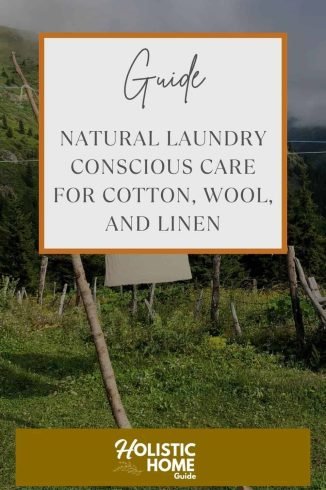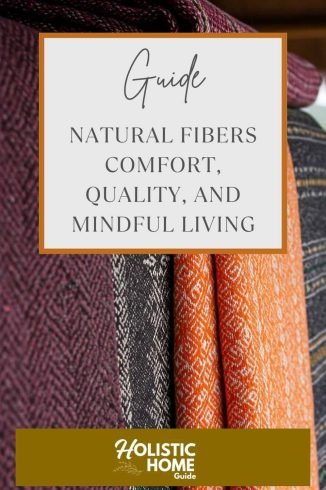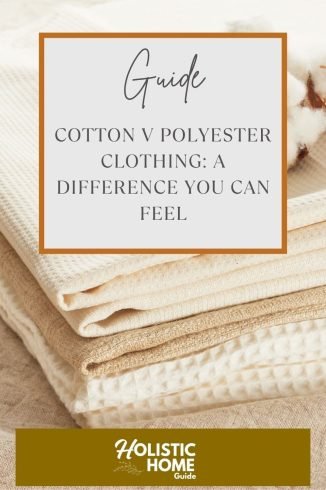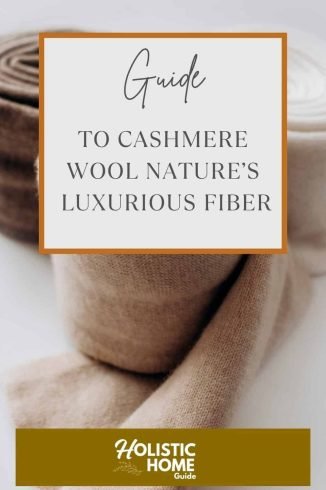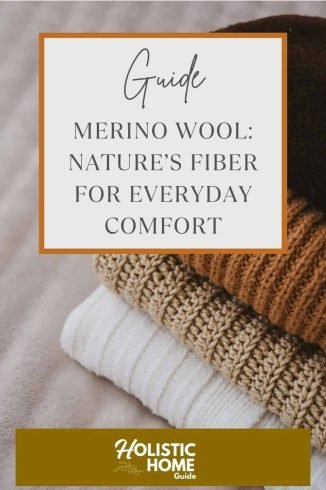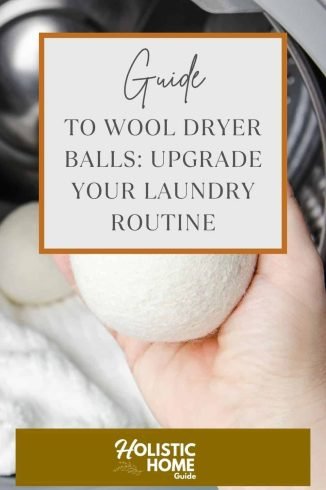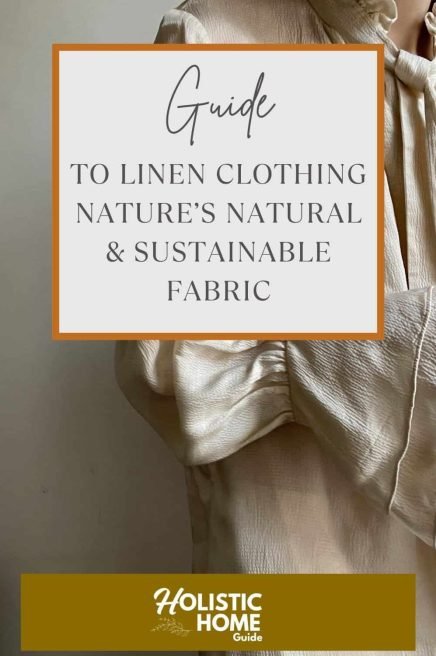Linen clothing carries the calm simplicity of nature itself. Woven from the flax plant, this ancient fabric has dressed civilizations for thousands of years—from Egyptian priests to Mediterranean artisans—valued for its purity, breathability, and strength. There’s something grounding about the way linen moves with the body and softens with every wash, like it’s learning to fit your life over time.
Today, linen remains one of the most sustainable materials you can wear. It’s naturally antibacterial, temperature-regulating, and fully biodegradable. Whether in travel wear, minimalist home textiles, or timeless everyday pieces, linen clothing embodies slow fashion as it is natural, durable, and effortlessly beautiful.
This post may contain affiliate links which means we may receive a commission for purchases made through links. As an Amazon Associate we earn from qualifying purchases. Learn more on our Privacy Policy.
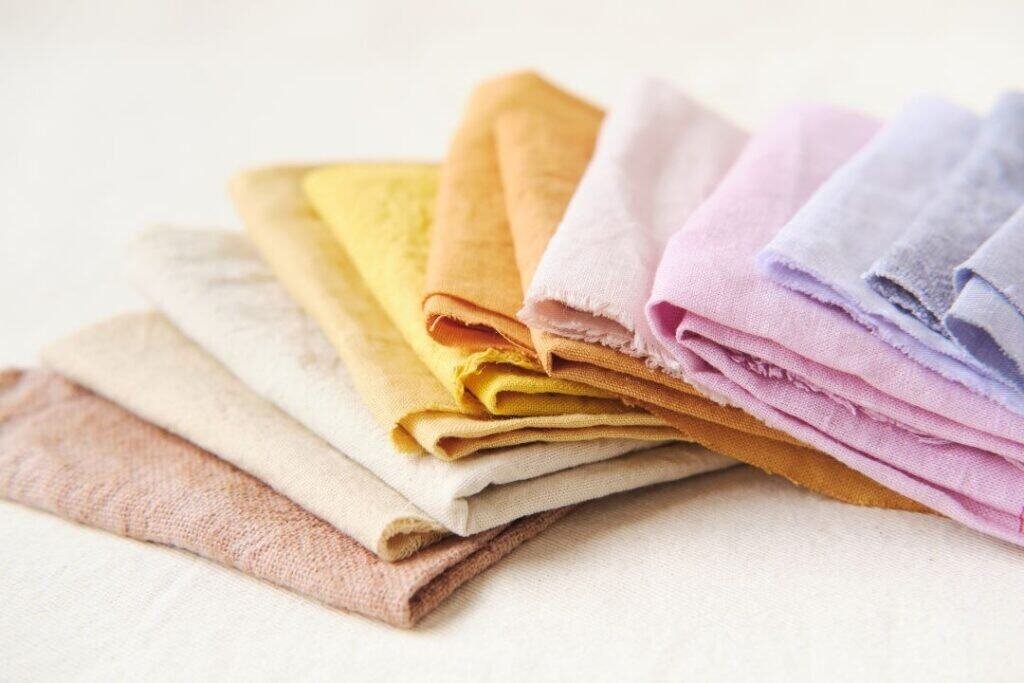
What Is Linen Clothing?
Linen clothing is made from the fibers of the flax plant. Flax grows in temperate regions and produces long, strong fibers that are naturally durable, lightweight, and breathable. When processed into garments, these fibers create linen apparel with a crisp texture that softens beautifully over time.
Linen garments are hypoallergenic, fully natural, and biodegradable. Their slightly textured surface and matte sheen give them a distinctive, timeless elegance that improves with every wear.
The Natural Qualities of Linen Garments
- Breathable and moisture-wicking, ideal for warm weather
- Strong, long-lasting, and softens with use
- Hypoallergenic and gentle on the skin
- Lightweight yet insulating in cooler conditions
- Biodegradable and eco-friendly
Linen apparel naturally adapts to temperature and humidity, keeping you comfortable year-round. Over time, pieces become softer while retaining durability, making natural linen ideal for a mindful, sustainable wardrobe.
How Linen Garments Are Made
Transforming flax fibers into linen clothing is a careful process that preserves the material’s natural qualities.
1. Growing and Harvesting
Flax is cultivated with minimal water and fertilizers. Once mature, the plants are harvested, dried, and prepared for processing.
2. Retting and Breaking
Retting softens the stalks, separating the fibers from the woody core. The fibers are then combed to extract the finest strands for weaving.
3. Spinning and Weaving
The fibers are spun into yarn and woven into linen garments. Natural or low-impact dyes are used to maintain softness and sheen.
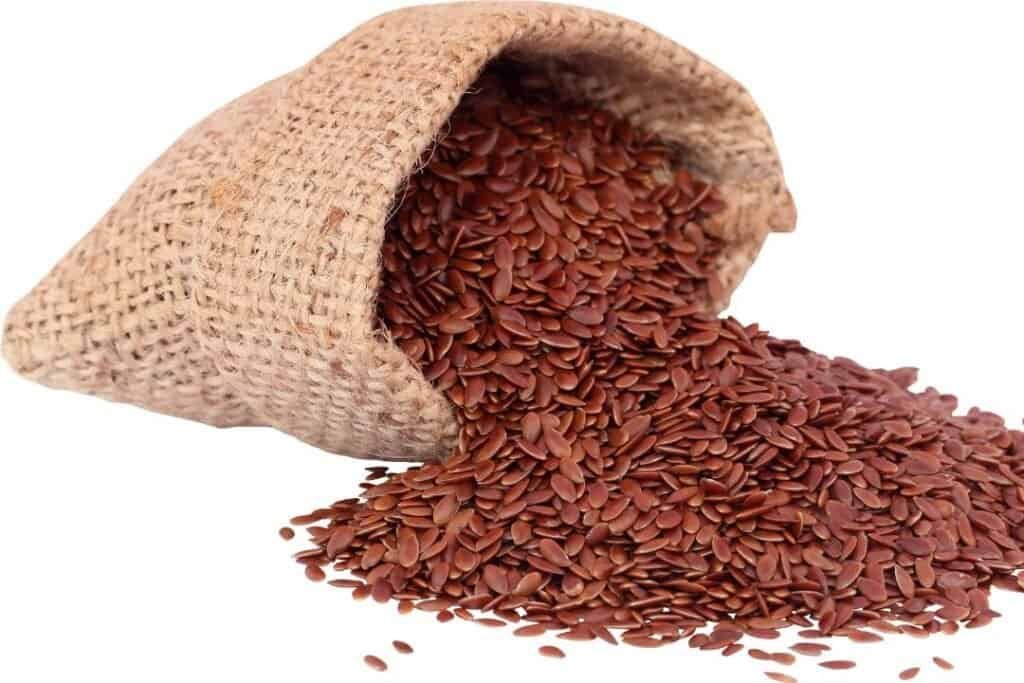
Why Linen Clothing Is Sustainable
Linen is among the most eco-friendly textiles. Flax requires far less water than cotton and grows in poor soil without pesticides. Its durability means garments last for decades, supporting slow fashion and reducing textile waste.
Environmental Advantages of Linen
- Low water and chemical use during cultivation
- Renewable, biodegradable fibers
- Durable garments reduce waste over time
- Minimal processing preserves natural resources
Linen Clothing Essentials
Linen garments are versatile, suitable for casual, formal, and home wear. Their natural breathability and softening texture make them ideal for warm climates and layered outfits.
- Linen shirts and blouses
- Linen dresses and skirts
- Linen pants and shorts
- Linen jackets and light outerwear
- Linen home textiles such as tablecloths, napkins, and curtains
How to Care for Linen Naturally
Washing Tips
- Hand wash or use gentle machine cycles with cold water
- Use mild, natural detergent
- Air dry flat or hang; avoid high heat
- Iron on low to medium heat as needed
Storage and Longevity
- Fold garments to prevent stretching
- Store in breathable cotton bags
- Avoid plastic to protect fibers
Proper care helps linen pieces become softer and more comfortable with age, making each garment a sustainable wardrobe staple.
Linen vs Other Natural Fibers
| Fiber | Breathability | Durability | Comfort | Sustainability |
|---|---|---|---|---|
| Linen | Excellent | High | Good | High |
| Cotton | Good | Moderate | Good | Varies (organic preferred) |
| Merino Wool | Excellent | High | Excellent | High |
| Cashmere Wool | Good | Moderate | Excellent | High (if responsibly sourced) |
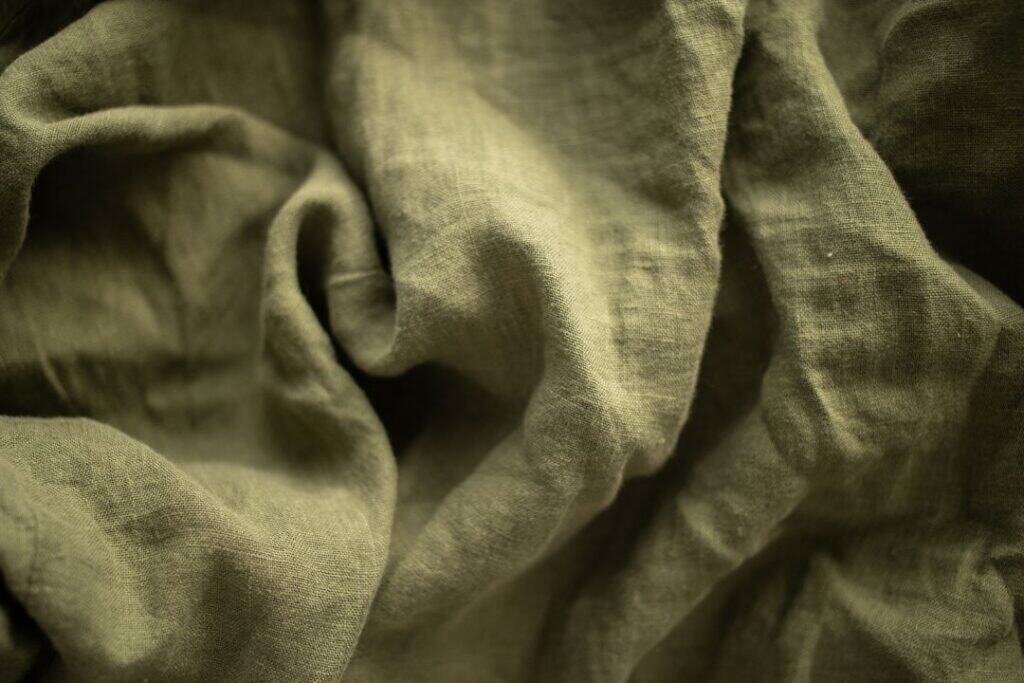
Common Questions About Linen Clothing
Does linen shrink? Yes, linen garments can shrink if exposed to heat. Pre-washed linen reduces this risk.
Will linen shrink in the dryer? High heat may cause shrinkage. Air drying is best to maintain shape and texture.
How to clean linen garments? Wash in cold water with mild, natural detergent. Avoid bleach and fabric softeners to protect fibers.
How much laundry powder to use? Follow the detergent instructions for delicate fabrics. Using too much can stiffen linen fibers.
Is white linen clothing more delicate? White linen can yellow or fade over time. Gentle washing and minimal sun exposure help preserve brightness.
Linen Clothing as a Sustainable Choice
Choosing linen consciously is about honoring natural fibers, sustainable farming, and timeless craftsmanship. With proper care, linen garments improve with age, supporting eco-friendly, mindful living.
Select linen apparel and other natural fibers when building your wardrobe. Support brands that prioritize sustainability, craftsmanship, and eco-conscious practices. Bring mindfulness into your wardrobe by choosing high-quality linen pieces. Care for them gently, and enjoy the natural elegance and comfort they provide for years to come.

